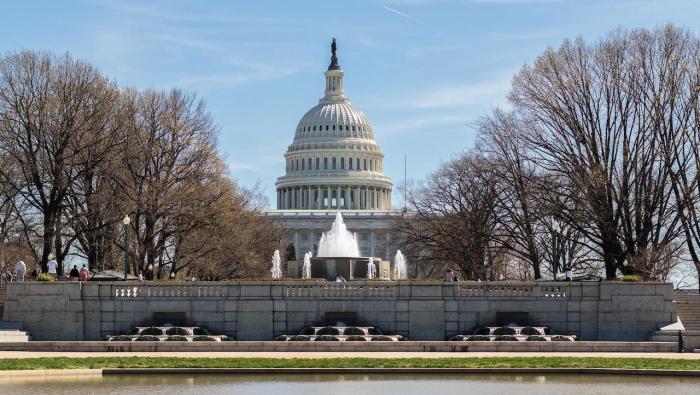Sir Roy McNulty, chairman of the UK Civil Aviation Authority (CAA), has said that management and financial problems at the European Aviation Safety Agency (EASA) could compromise safety standards. However, Sir Roy added that he does not expect EASA’s performance to deteriorate to such an extent without the agency’s taking corrective action.
The CAA chairman, himself a member of the EASA board of directors, also told the transportation committee of the British parliament that the agency is not currently fit to discharge its existing responsibilities even as it prepares to have its remit widened to include regulation of operations, flight crew licensing and oversight of third-country (i.e. non-European) airlines. His strident criticism of EASA surfaced during last month’s hearings by the House of Commons’ select committee on transport, which is conducting its own investigation into the running of the CAA itself.
Sir Roy also suggested that EASA is causing unacceptable delays to type certification programs and that its recently agreed budget for this year will leave it short of funds necessary to complete its existing work within just a few months. This echoed a warning issued by Europe’s Aerospace and Defence Industries Association (ASD) in December that EASA will not be able to handle its widening portfolio of responsibilities unless the agency receives significantly higher levels of funding.
Officially, EASA’s top management has so far declined to respond publicly to Sir Roy’s allegations. However, it has submitted its own written evidence to the UK parliamentary committee, reminding it that EASA was created in September 2002 with the full backing of both the European parliament and of all European Union member states, including the UK.
‘Misdirected’ Criticism
Privately, EASA officials have indicated disappointment about what they see as “misdirected and unconstructive” criticism leveled by Sir Roy. They insist that they have admitted that there are teething problems with the agency’s procedures, which they say are being addressed. In their view, it would be more useful for Sir Roy to work through the UK government and the EASA management board to initiate the necessary changes to the regulatory constraints on the agency, rather than seeking to publicly undermine its credibility.
Sir Roy insisted to the parliamentary committee that he has discussed EASA’s alleged problems with the UK government and that it shares his concerns. However, he also maintained that the European Commission has refused to accept his assessment of the magnitude of the problem.
EASA managers pointed out that the agency was never intended to completely replace the role of national aviation authorities (NAAs) such as the CAA. Indeed, UK aviation officials play an active part in implementing the bulk of European Union aviation law in the member states and in helping with certification work that is currently the agency’s main responsibility.
The EASA has recruited some 30 technical experts from the UK and has said that it would be glad to hire more to increase its capabilities. The agency has argued that it is impossible to recruit 200 top-level certification staff in a short period so it has had to work through a transition stage in which much of the work is still done by experts from the NAAs.






